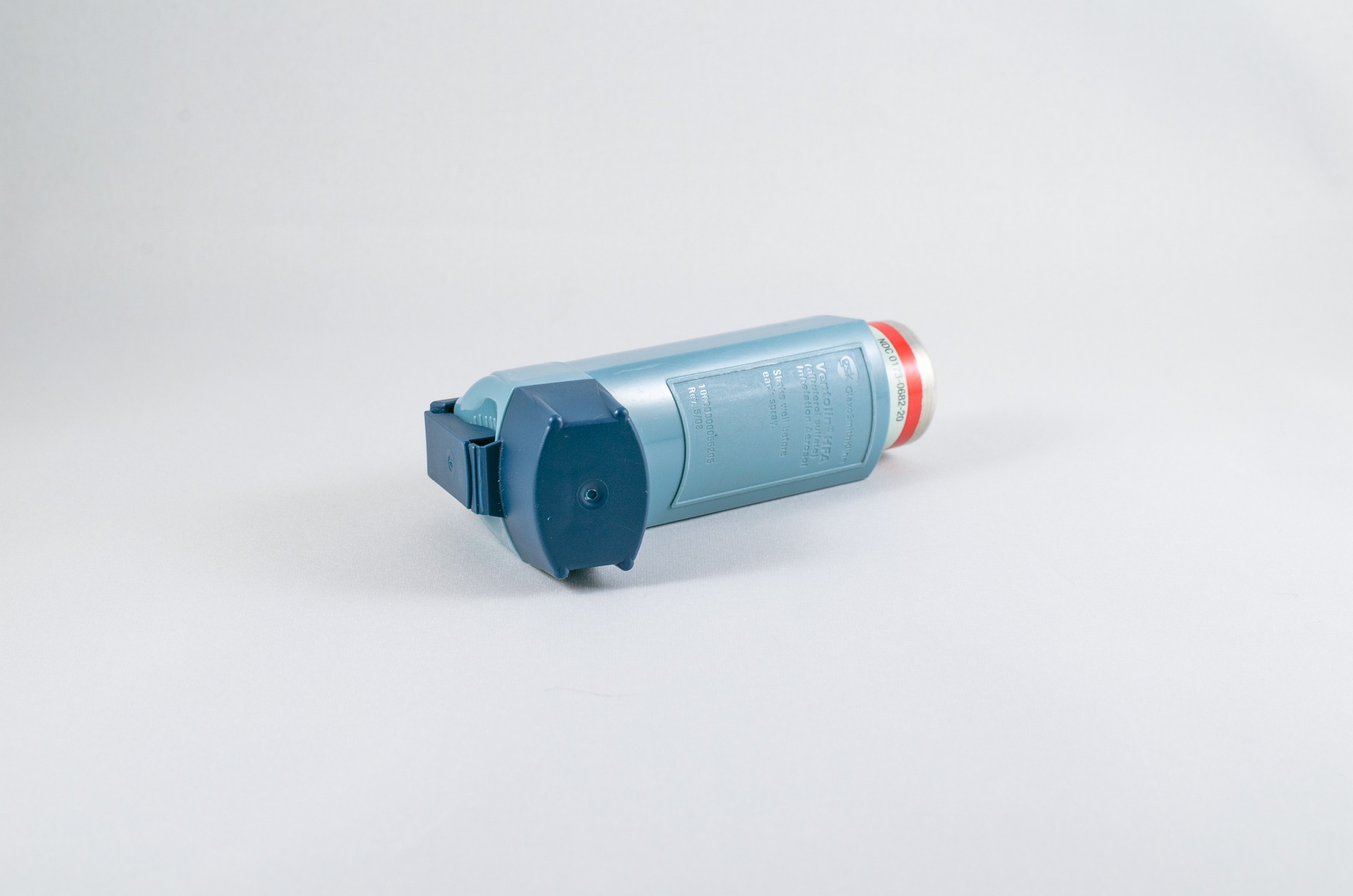Understanding Nasal Polyps: Causes, Symptoms, and Relief Options
Nasal polyps are noncancerous growths that develop in the lining of the nasal passages or sinuses, often due to chronic inflammation. While they can vary in size and number, they frequently go unnoticed in their early stages because they are painless. However, as they grow, they can obstruct airflow, leading to breathing difficulties, snoring, and frequent sinus infections.

Nasal polyps affect millions of people worldwide, yet many remain unaware of their condition until symptoms become severe. These benign growths develop gradually within the nasal cavity and sinuses, often going unnoticed in their early stages. The formation of nasal polyps typically results from prolonged inflammation of the mucous membranes, creating an environment where tissue swelling and growth occur naturally as the body attempts to heal itself.
What Are Nasal Polyps and How Do They Form
Nasal polyps explained simply are soft, painless growths that hang down from the nasal passages like teardrops or grapes. They develop when the mucous membrane lining becomes chronically inflamed and swollen, eventually forming these characteristic protrusions. The polyps themselves consist of inflamed tissue filled with fluid, and they can vary significantly in size from tiny formations barely visible to large growths that completely obstruct nasal passages.
The formation process begins with persistent irritation of the nasal lining, which triggers an inflammatory response. Over time, this inflammation causes the tissue to swell and eventually prolapse into the nasal cavity. Unlike malignant tumors, nasal polyps grow slowly and remain benign, though they can cause substantial discomfort and breathing difficulties as they enlarge.
Chronic Sinus Inflammation and Its Connection to Polyp Development
Chronic sinus inflammation insight reveals that persistent sinusitis serves as the primary catalyst for polyp formation. When sinuses remain inflamed for extended periods, typically twelve weeks or longer, the constant irritation creates ideal conditions for polyp development. This chronic inflammation often stems from allergies, infections, or immune system responses that fail to resolve naturally.
The relationship between chronic sinusitis and nasal polyps creates a cyclical problem where inflammation promotes polyp growth, and polyps further obstruct drainage, leading to increased inflammation. This cycle explains why individuals with chronic sinusitis frequently develop multiple polyps and experience recurring symptoms even after treatment. Environmental factors such as air pollution, occupational irritants, and persistent allergen exposure can perpetuate this inflammatory cycle.
Genetic Factors and Hereditary Predisposition
Genetic factors uncovered through recent research demonstrate that heredity plays a significant role in nasal polyp susceptibility. Individuals with family histories of nasal polyps, asthma, or chronic sinusitis show higher likelihood of developing these growths themselves. Specific genetic variations affect how the immune system responds to inflammation and allergens, creating inherited predispositions to chronic nasal conditions.
Certain genetic syndromes, including cystic fibrosis and primary ciliary dyskinesia, dramatically increase nasal polyp risk due to their effects on mucus production and clearance. Additionally, aspirin-exacerbated respiratory disease (AERD), which has genetic components, frequently presents alongside nasal polyps and asthma, forming a triad of interconnected conditions that require specialized management approaches.
How Lifestyle Choices Influence Polyp Development
Lifestyle impact on polyps extends beyond genetic predisposition to include daily habits and environmental exposures that either promote or prevent polyp formation. Smoking significantly increases inflammation throughout the respiratory system, creating conditions that favor polyp development while simultaneously impairing the body’s natural healing mechanisms. Regular exposure to airborne irritants, including cleaning chemicals, dust, and industrial pollutants, can trigger the chronic inflammation that leads to polyp growth.
Dietary choices also influence inflammatory responses, with some foods promoting inflammation while others provide anti-inflammatory benefits. Maintaining good nasal hygiene through regular saline rinses can help reduce inflammatory buildup, while managing underlying allergies through environmental controls and appropriate medications can prevent the chronic irritation that promotes polyp formation.
The Immune System’s Role in Nasal Polyp Formation
Immune systems role in nasal polyp development involves complex interactions between inflammatory cells, chemical mediators, and tissue responses. When the immune system encounters persistent irritants or allergens, it releases inflammatory substances including histamines, leukotrienes, and cytokines that cause tissue swelling and increased mucus production. In susceptible individuals, this immune response becomes dysregulated, leading to chronic inflammation that promotes polyp growth.
T-helper cells, particularly Th2 cells, play crucial roles in the inflammatory cascade associated with nasal polyps. These immune cells produce signals that attract eosinophils and other inflammatory cells to nasal tissues, creating the persistent inflammation characteristic of polyp-associated conditions. Understanding these immune mechanisms has led to targeted therapies that specifically address the inflammatory pathways involved in polyp formation.
Treatment Options and Management Strategies
Treatment approaches for nasal polyps range from conservative medical management to surgical intervention, depending on polyp size, symptoms, and underlying conditions. Topical corticosteroid sprays represent the first-line treatment for most patients, helping reduce inflammation and shrink smaller polyps while preventing new growth. For larger polyps or severe symptoms, oral corticosteroids may provide temporary relief, though long-term use carries significant side effects.
Surgical removal through endoscopic sinus surgery offers more definitive treatment for large or persistent polyps that don’t respond to medical therapy. Modern surgical techniques allow precise polyp removal while preserving healthy tissue and improving sinus drainage. However, polyps frequently recur after surgery without ongoing medical management, making combination approaches most effective for long-term control.
Biologic medications targeting specific inflammatory pathways show promise for patients with severe, recurrent nasal polyps, particularly those associated with asthma or aspirin sensitivity. These newer treatments address the underlying immune dysfunction rather than just treating symptoms, offering hope for better long-term outcomes.
This article is for informational purposes only and should not be considered medical advice. Please consult a qualified healthcare professional for personalized guidance and treatment.




